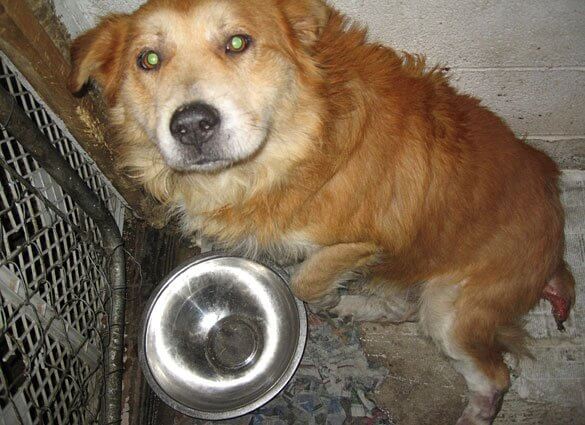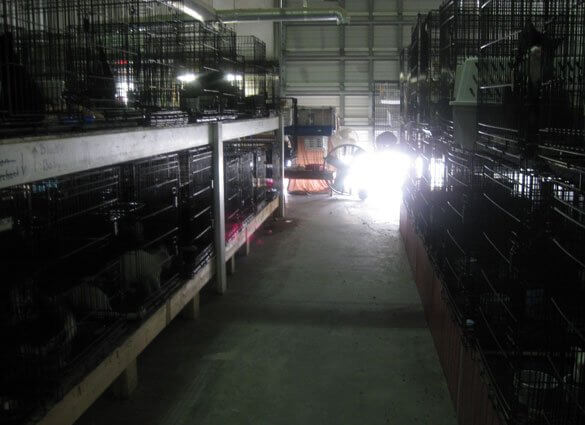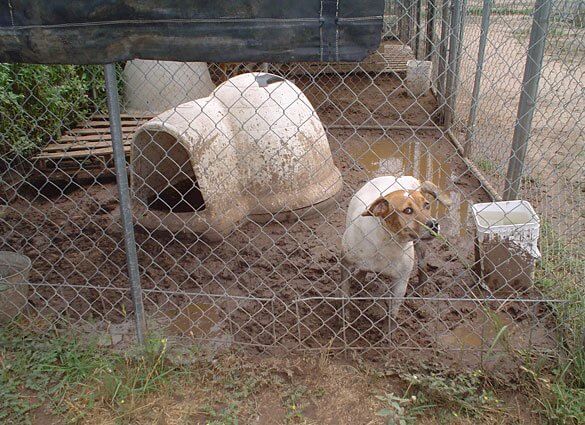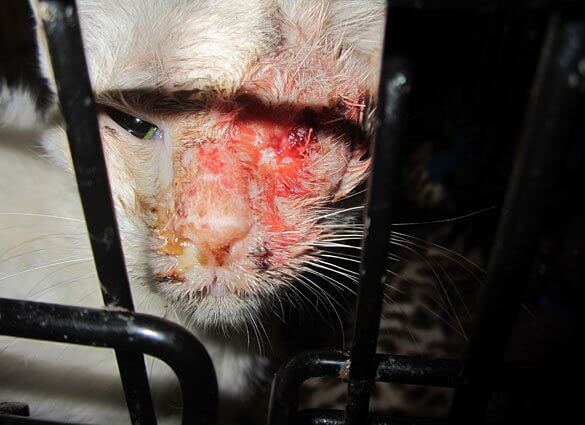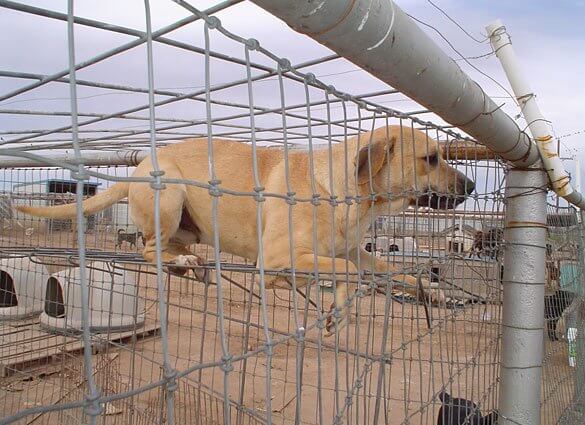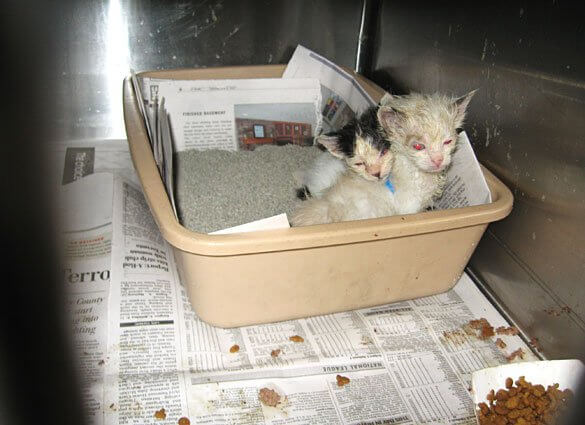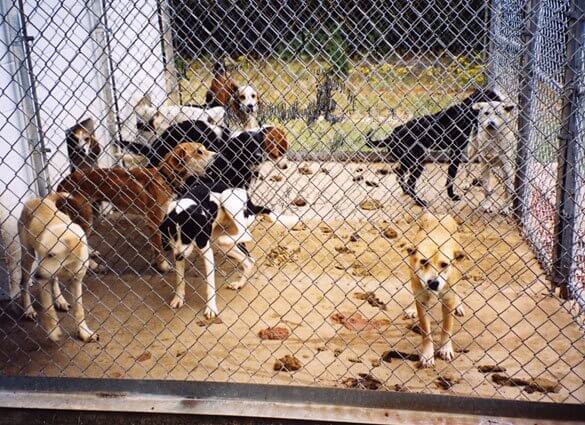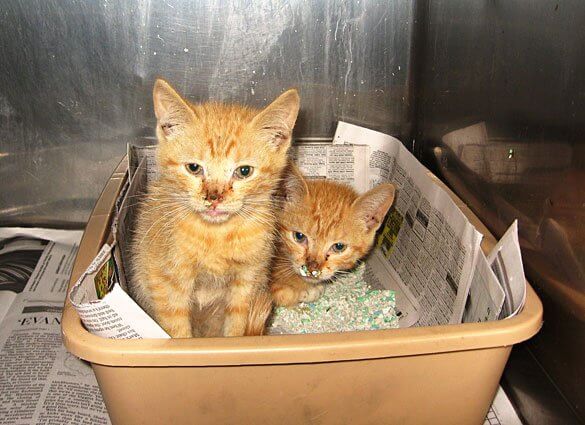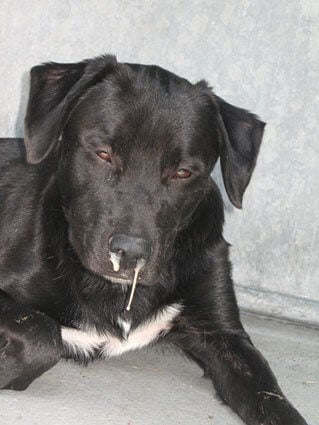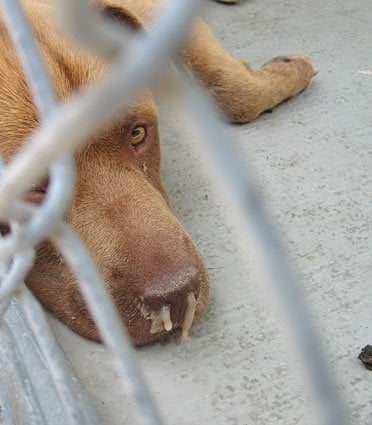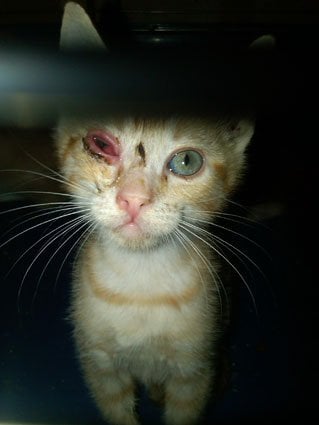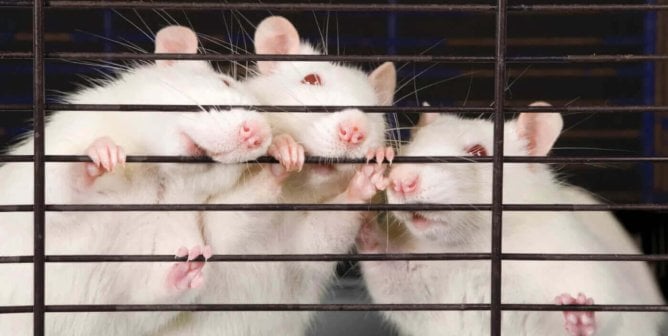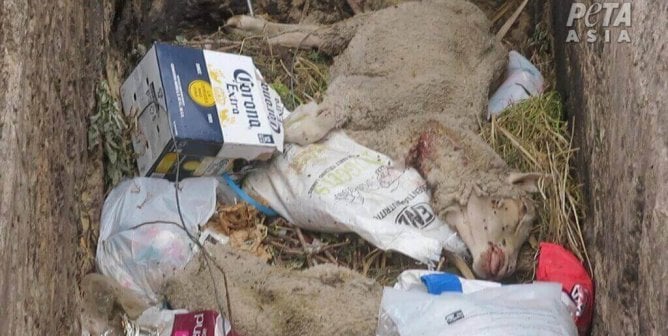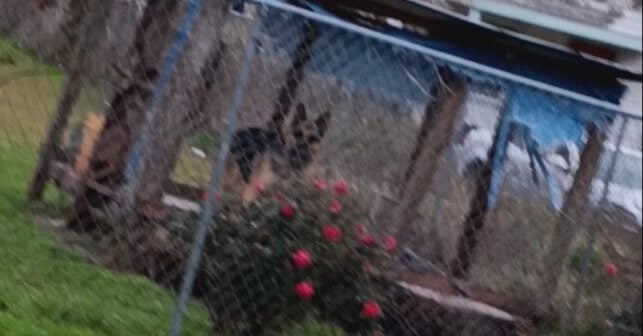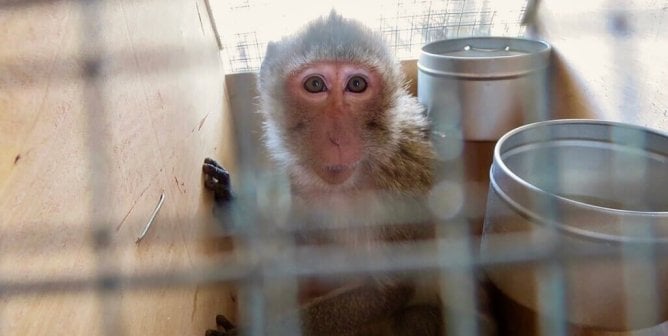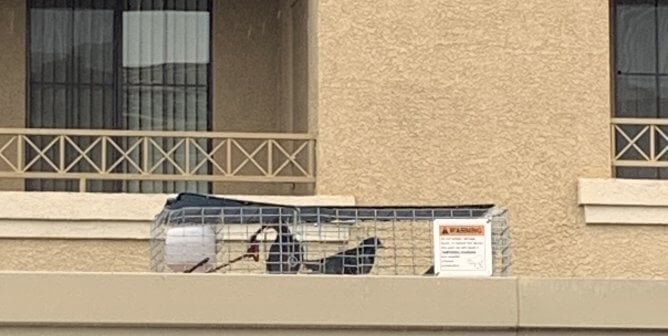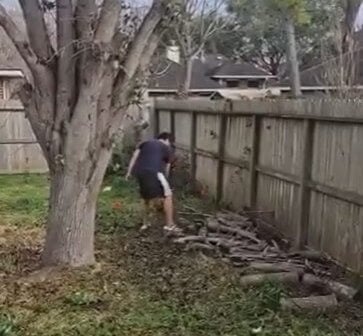‘No-Kill’ Policies Slowly Killing Animals 2008
When “no-kill” animal shelters and rescue groups are filled to capacity, which is almost always, they are left with two options: turn away more animals than they take in or warehouse animals, often in substandard, filthy, and severely crowded conditions, for weeks, months, or even years on end. Most, if not all, of the animals who are turned away from such facilities still face untimely deaths—just not at these facilities.
Instead they are cruelly killed by people who don’t want them, are dumped on roadsides and left to die from starvation or being hit by a car, or spend their short lives homeless, unwanted, and producing more litters of animals for whom no homes exist.
The lucky ones are taken to well-run open-admission animal shelters, where they either find a well-screened, permanent home or are painlessly euthanized in the arms of professionally trained, compassionate people. Here are some of the “no-kill” animal shelter failures that made headlines in recent years for making animals suffer a fate far worse than a kind death.
Reports Showing How ‘No-Kill’ Policies Harmed Animals in April 2008
Santee, California
Investigators removed 26 animals from cruel and filthy conditions at Southern California Chow Chow Rescue and Transport, a home operating as a dog rescue.
Reports Showing How ‘No-Kill’ Policies Harmed Animals in February 2008
Hendersonville, North Carolina
Hundreds of dogs and cats, who for years were hoarded, abused, and neglected, were removed from All Creatures Great and Small by the state of North Carolina, and the facility was permanently closed.
Reports Showing How ‘No-Kill’ Policies Harmed Animals in January 2008
Conroe, Texas
After authorities investigated Furr Kids animal rescue, the owner of the operation agreed to shut it down. Dogs and cats were kept in a garage in tiny crates, and three were found dead.
2023 | 2022 | 2021 | 2020 | 2019 | 2018 | 2017 | 2016 | 2015 | 2014 | 2013 | 2012 | 2011 | 2010 | 2009 | 2008

